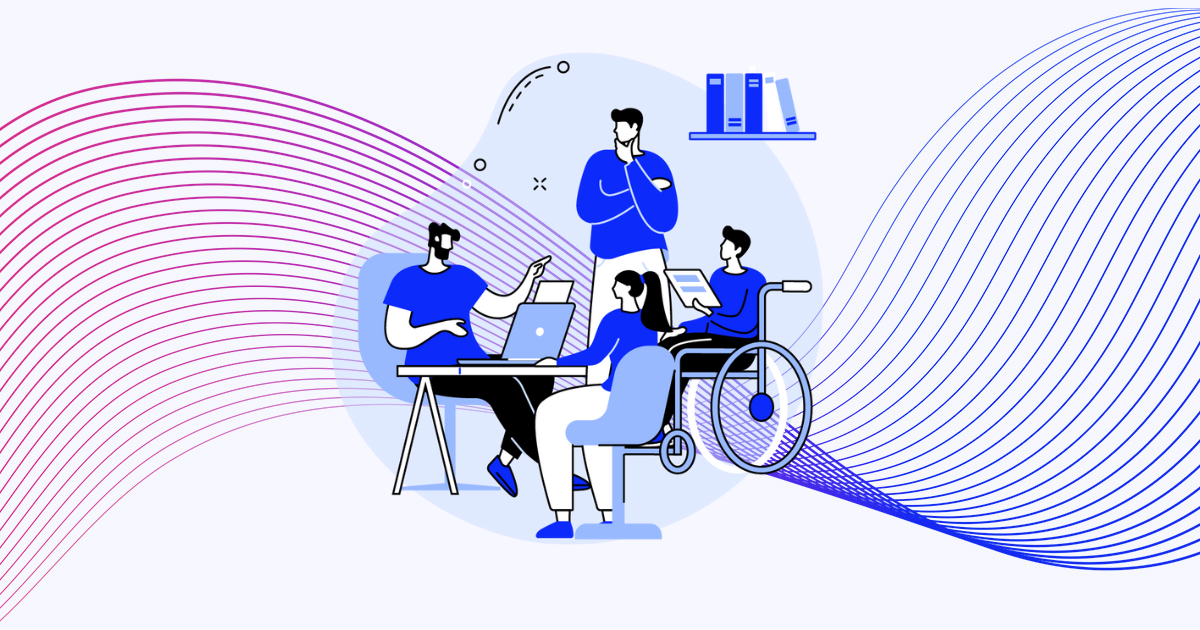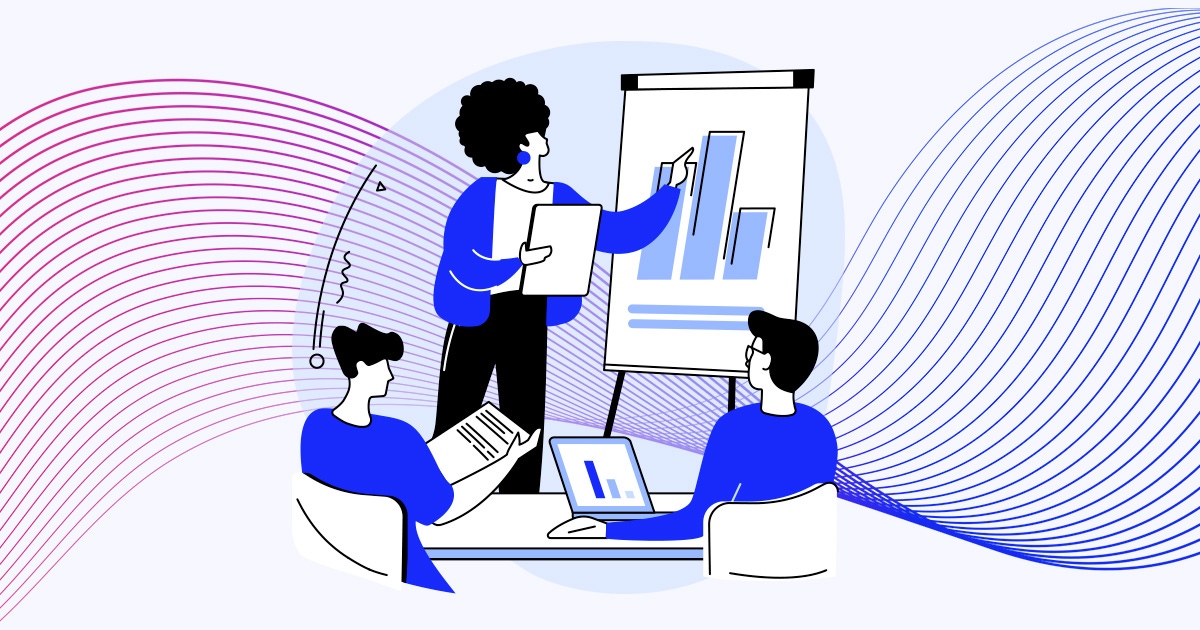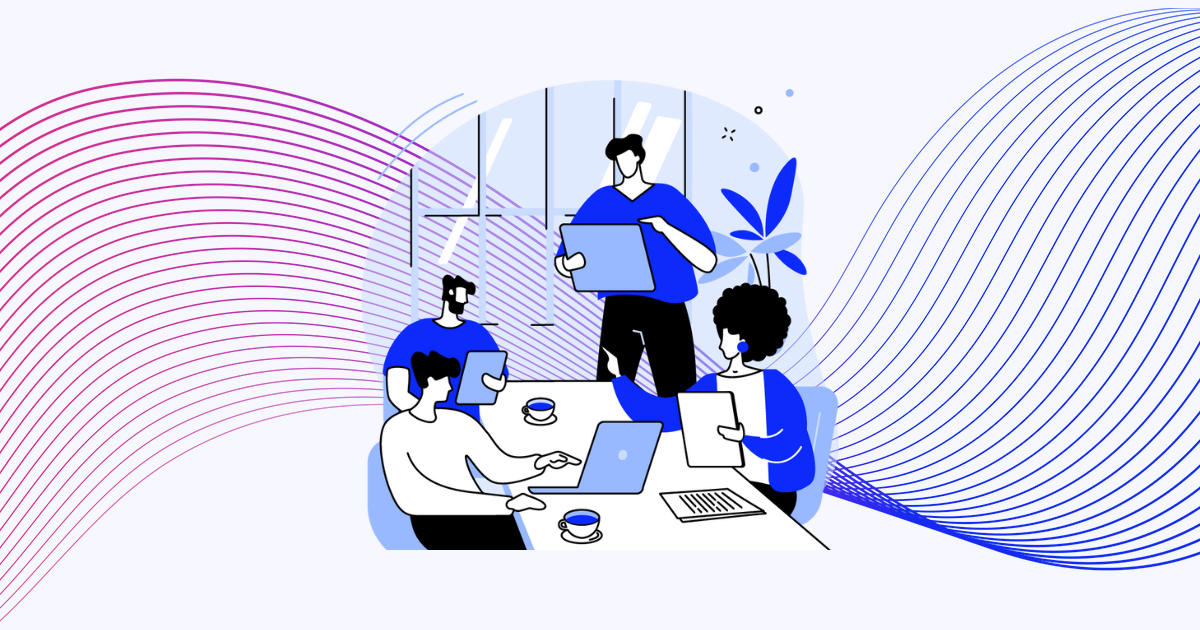

Season 2 is live!
From bold minds to big shifts, this is workplace inclusion redefined. Can robots teach leaders empathy? What can poets teach us about upskilling a workforce? Join Victoria Kuketz and Tara Van Bommel as they talk with innovators shaking up how we work, lead, and live.
















